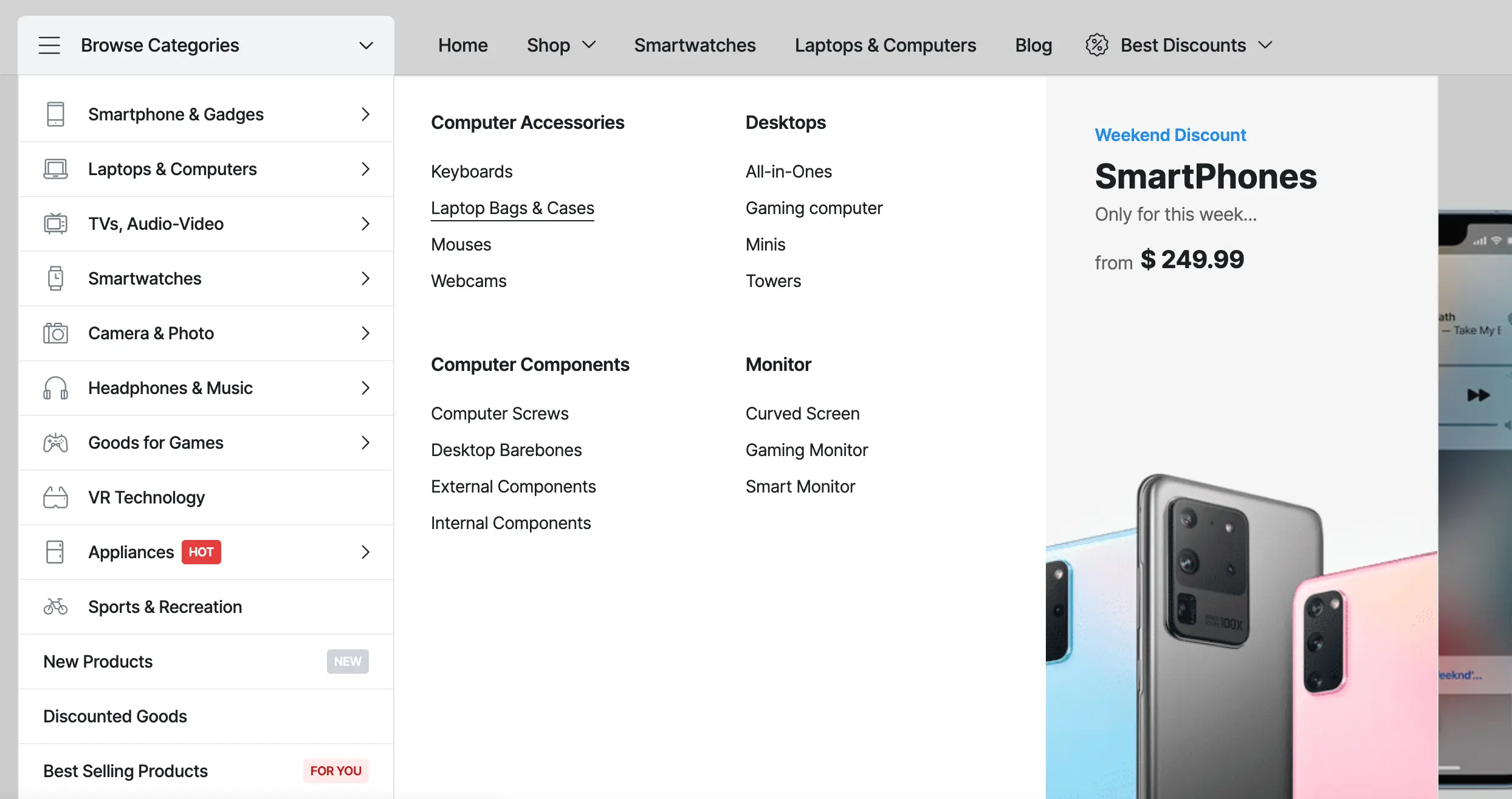Exploring the Pros and Cons of Coworking Spaces for IT Teams: Finding the Right Fit for Collaboration and Innovation
In the contemporary professional world, the concept of coworking spaces has gained significant traction, offering an alternative to conventional office settings. For IT teams, whose work revolves around collaboration, problem-solving, and innovation, coworking spaces present a unique set of opportunities and challenges. This article aims to provide an in-depth exploration of the implications of coworking spaces specifically for IT teams, dissecting the advantages and disadvantages they entail and offering insights into how IT professionals can navigate this evolving landscape effectively.
Collaboration Opportunities:
Coworking spaces serve as hubs of creativity and innovation, fostering an ecosystem where individuals from diverse industries and backgrounds converge. For IT teams, this environment presents invaluable collaboration opportunities, enabling them to interact with professionals from complementary fields, exchange ideas, and embark on joint ventures. Networking within a coworking community not only expands the IT team’s knowledge base but also cultivates a culture of cross-disciplinary collaboration, fueling creativity and driving collective progress.
Flexibility and Scalability:
One of the hallmark features of coworking spaces is their flexibility, offering IT teams the freedom to tailor their workspace to suit their evolving needs. Whether scaling up for a major project or downsizing during quieter periods, IT teams can leverage coworking spaces’ short-term leases and pay-as-you-go models to adapt their workspace accordingly. This flexibility empowers IT teams to optimize resource allocation, minimize overhead costs, and maintain operational agility in a dynamic business landscape.
Access to Amenities and Resources:
Coworking spaces are renowned for their extensive array of amenities and resources, designed to enhance productivity and convenience for professionals across industries. For IT teams, access to high-speed internet, modern meeting rooms, and cutting-edge technology infrastructure can significantly bolster efficiency and collaboration. Moreover, amenities such as onsite cafes, wellness facilities, and recreational areas contribute to employee satisfaction and well-being, fostering a conducive work environment conducive to innovation and peak performance.
Enhanced Creativity and Innovation:
The dynamic atmosphere of coworking spaces serves as a breeding ground for creativity and innovation, catalyzing breakthroughs and pushing boundaries. For IT teams tasked with problem-solving and product development, exposure to diverse perspectives and industry trends within the coworking community sparks inspiration and fuels ideation. By fostering a culture of experimentation and risk-taking, coworking spaces empower IT teams to explore new approaches, iterate on ideas, and drive continuous improvement in their projects and processes.
Cost-Effectiveness:
In an era of cost-consciousness and resource optimization, coworking spaces offer an attractive value proposition for IT teams seeking to maximize efficiency without compromising quality. By eliminating the need for long-term office leases and shouldering overhead expenses such as utilities, maintenance, and equipment purchases, coworking spaces provide IT teams with a cost-effective alternative to traditional office setups. Shared resources and services further drive cost savings, enabling IT teams to allocate financial resources strategically and invest in high-impact initiatives.
Distractions and Noise:
Despite their many benefits, coworking spaces are not without their drawbacks, chief among them being the potential for distractions and noise pollution. The open layout and bustling environment of coworking spaces can pose challenges for IT professionals engaged in tasks that require deep concentration and focus, such as coding or debugging. Moreover, frequent interruptions and ambient noise levels may disrupt workflow continuity, leading to decreased productivity and performance for IT teams tackling complex projects or tight deadlines.
Security and Privacy Concerns:
For IT teams entrusted with safeguarding sensitive data and proprietary information, security and privacy are paramount considerations when evaluating coworking spaces. Shared environments lack the same level of physical and digital security measures as dedicated office spaces, raising concerns about the confidentiality and integrity of sensitive information. Moreover, the absence of privacy in coworking spaces may expose IT teams to the risk of unauthorized access, data breaches, or intellectual property theft, necessitating robust cybersecurity protocols and risk mitigation strategies.
Lack of Customization:
While coworking spaces offer unparalleled flexibility, they often fall short in terms of customization options compared to dedicated office environments. For IT teams accustomed to personalized workstations, specialized equipment, and tailored workspace configurations, the standardized layout and limited customization options of coworking spaces may pose challenges. The lack of control over workspace design and ergonomics may impact comfort, productivity, and morale for IT professionals, highlighting the importance of striking a balance between flexibility and customization in the coworking environment.
Communication and Team Cohesion:
Effective communication and strong team cohesion are essential components of success for IT teams, facilitating collaboration, knowledge sharing, and problem-solving. In the dispersed and transient nature of coworking spaces, where individuals from different companies and industries coexist, maintaining cohesive team dynamics can be challenging. Physical distance, lack of face-to-face interaction, and differences in work culture may hinder effective communication and relationship-building within IT teams, potentially impacting morale, collaboration, and productivity.
Limited Infrastructure and Technical Support:
Coworking spaces may lack the specialized infrastructure and technical support necessary to meet the unique requirements of IT teams, such as dedicated server rooms, IT help desks, and network security protocols. Reliance on external vendors or shared IT services may result in delays or disruptions in technical support, affecting the efficiency and performance of IT operations. Moreover, the absence of tailored solutions and proactive maintenance may leave IT teams vulnerable to downtime, system failures, and performance bottlenecks, underscoring the importance of assessing infrastructure capabilities and support services when choosing a coworking space.
Conclusion:
Coworking spaces offer IT teams a myriad of benefits, including collaboration opportunities, flexibility, and access to amenities. However, they also pose challenges such as distractions, security concerns, and limitations in customization. To maximize the potential of coworking spaces for IT teams, organizations must carefully evaluate their unique needs, priorities, and work style preferences. By leveraging the advantages of coworking spaces while mitigating potential drawbacks, IT teams can create a conducive work environment that fosters collaboration, innovation, and success in an increasingly competitive digital landscape.
Related Articles
If you enjoyed reading this, then please explore our other articles below:
More Articles
If you enjoyed reading this, then please explore our other articles below:






















 2019-2025 ©
2019-2025 ©